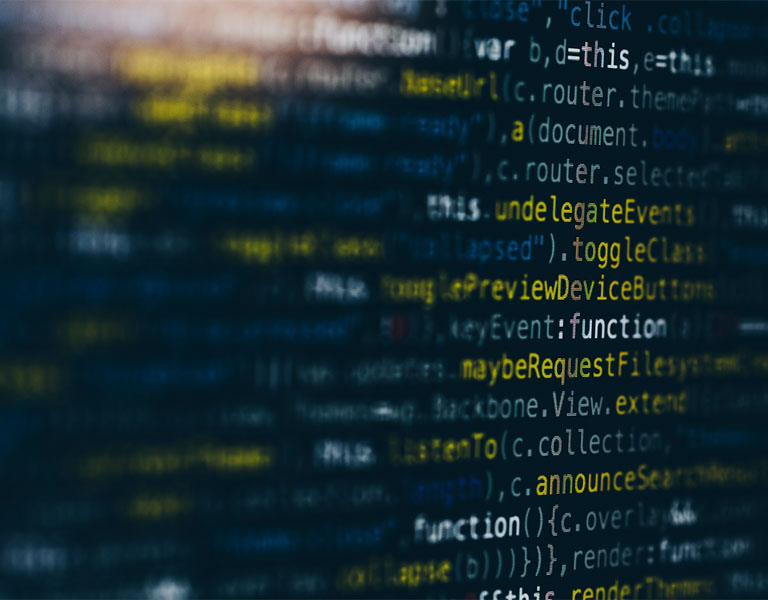One of the most critical issues in tech that makes the mainstream news most often is that of data breaches – as companies somehow continue to fail to properly invest in data destruction and security, and find themselves subject to leak scandals. There are many different forms of data destruction and different ways for businesses to ensure they remain legally compliant and ethically secure. Here, Procurri talks through the basics.
What’s the definition of Data Destruction?
Data destruction is defined as “the process of permanently and irreversibly removing data from electronic storage media; rendering it unreadable and unrecoverable”.
This is a specific process with the intention of removing all recoverable data; so different from simply deleting files from a device. Electronic storage devices which can be subject to data destruction include hard drives, SSDs (Solid-State Drives) and USB sticks.
The data being removed is not limited in scope, but most commonly includes personal (often customer) data, financial records and sensitive company information.
Why is Data Destruction important?
When data is not properly removed from storage devices, it may be accessed by third parties. This may be malicious access or otherwise, but for data that a business has a legal obligation to keep safe, it can have legal and reputational ramifications.
Preventing data leaks through vigorous data destruction protocols minimizes the risk of any accidental disclosure or unauthorized access of data, which in turn:
- Helps ensure compliance with legal requirements and best practice regulations such as GDPR, the Data Protection Act and HIPAA (all of which mandate secure data disposal practices to ensure minimal risks)
- Protect consumer trust by demonstrating a commitment to customer data security and avoiding reputational damage
- Avoids the legal ramifications of data leaks such as costly financial fines, regulatory enforcement notices and individual lawsuits for data breaches.
Data destruction aims to destroy the data inherently stored within a device so that it can not be recovered, rather than back it up. Should the data still be required by the business, it may be stored elsewhere before being removed from the soon-to-be-defunct hardware.
In what circumstances do businesses use Data Destruction?
While many businesses are subject to routine data disposal as part of data refresh cycles to refresh their old IT assets and/or remove old and unnecessary customer data from their systems, there are several other reasons why data destruction may be required. This includes:
- Hardware reaching its EOL (End of Life) point – when old hardware needs to be disposed of because it can no longer be used/is no longer functional/is no longer required, all data must be securely erased from it
- Data breach clean-up – where a data breach has occurred, many businesses take action by destroying all current information and recouping it securely to ensure further risk is minimized
- Adherence to compliance requirements – to meet regulatory requirements, businesses are often required to demonstrate their ability to undergo secure and thorough data destruction practices.
What if the data needs to be recovered?
here are a variety of data recovery techniques that can be used to try to retrieve information that has otherwise been deleted from a storage device – and indeed, these are often used maliciously by third parties looking to access data they do not have the proper rights nor authorization to.
Should a business need to access their data after it has been subject to proper data destruction methods, they should ensure it is backed up or saved elsewhere before such processing takes place. In the case of thorough data destruction, there will be no way for them to access the data thereafter – and in the case of a properly accredited data destruction service provider such as Procurri, the impossibility of recovery will be certified for each part of hardware.
The different types of Data Destruction
There are many different methods of data destruction, and what is appropriate for each piece of hardware being presented by a business for data disposal may vary. Data destruction techniques include:
Data Overwrite/Wipe Programs
Data overwrite/wipe programs are software applications that work on a simple principle – overwriting the data present on storage devices with randomized data that make it essentially impossible to access or understand the original. Exactly what the data is overwritten with can vary, from entirely random coding to binary 1s and 0s. Data is usually overwritten several times to ensure maximum security.
Entmagnetisierung
Degaussing is the process of exposing storage hardware devices to strong magnetic fields in a controlled environment. This interrupts the magnetic patterns that hold the data on the device, rendering it irrecoverable as it can no longer be read.
Physische Zerkleinerung
The physical shredding of storage devices involves the actual ripping apart of them – ensuring data cannot be recovered and the device can no longer be functional, as it is beyond repair or refurbishment.
Other Physical Destruction
In the case of storage devices that cannot be easily shredded, they too can undergo physical destruction such as crushing, incinerating or pulverizing. This completely destroys the devices, ensuring no data can be recovered and the device is damaged beyond repair.
How do you know which type of Data Destruction is best suited for your business?
The most secure method of data destruction depends on the type of storage device, the data being stored within it, and the desired level of security the company is seeking for their data disposal.
For highly sensitive data, businesses may opt to combine more than one data destruction method: such as overwriting data and then physically shredding or destroying the device. While doubling up on destruction techniques will increase the financial investment required, it is by far the safest method available.
It is always worth seeking expert advice on what regulatory, compliance and legal factors come into play dependent on both a business’ location and their data responsibilities. Working with a specialist data destruction service provider such as Procurri helps ensure that your business is entirely compliant and adhering not just to legal requirements but also industry best practice standards.
How much does Data Destruction cost?
The exact cost of data destruction from storage devices is dependent on several factors, including:
- The secure transportation required of the hardware from site to secure data destruction facility
- The type of hardware having data removed
- The technique of data destruction being used.
Procurri appreciates that no two businesses are the same – and that’s why we don’t offer package plans for such services. Instead, get in touch with your requirements and let our experts talk you through the options available and most appropriate for your needs.
How can I be sure Data Destruction has been successful?
Procurri offers a data destruction certificate for every storage device or item of hardware we initiate our data destruction services on – no matter what technique is used. After having subjected the hardware to rigorous testing, we issue an individual certificate certifying its absolute data removal and the inability to recover anything from it.
How to choose the right Data Destruction provider for your business
There are a wide variety of service providers offering data destruction services, but it’s important for businesses to consider the following:
- Does the business have a proven track record in data destruction?
- Does the business provide certificates of data santiziation?
- Is the business accredited by the relevant regulatory bodies?
- What communication protocols does the business have in place for hardware as it undergoes the data destruction process?
- Does the business offer just one data destruction technique or several?
- Does the business offer data destruction in its own secure facility, on-site, or is this outsourced?
- Is the business environmentally minded with its ITAD procedures?
- Does the business offer the option for refurbishment or resale of hardware once the data destruction has been completed?
The good news is that Procurri offers all of these services and more. Data destruction takes place in our specialist secure facilities (with devices transported there in secure sealed vehicles!) and we operate on a zero-to-landfill basis – creating the opportunity for value to be derived from unwanted or EOL hardware by reselling and reusing wherever possible. We’re even a certified Carbon Neutral business!
For more information on what data destruction services we offer, the levels of security each entail and how we can tailor our services to your data disposal needs, get in touch with the Procurri team today.



